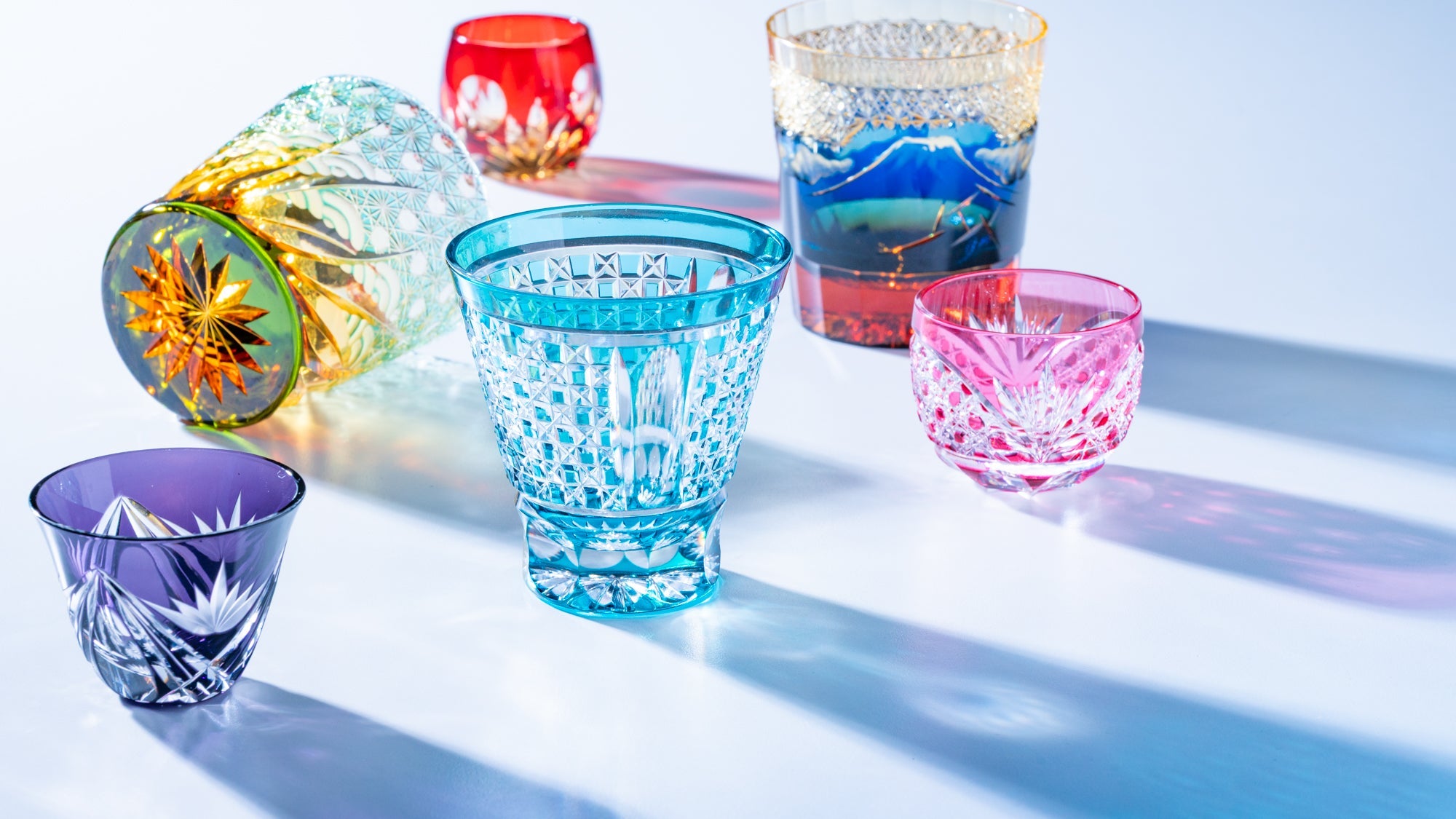
Guide to Edo Kiriko
Written by Team MUSUBI
Edo Kiriko is one of Japan’s most iconic traditional crafts, with a history spanning over 150 years. The word kiriko refers to cut glass, and Edo Kiriko is a Tokyo-born art form celebrated for its intricate hand-carved patterns. More than just decorative, these precise geometric cuts reflect and refract light in captivating ways—casting delicate shadows and creating a visual experience that extends beyond the surface of the glass.
Each piece of Edo Kiriko is a testament to expert craftsmanship and brings a one-of-a-kind brilliance to your table or bar. It elevates the dining experience, making food look fresher and drinks sparkle like shimmering water.
We invite you to explore the enduring beauty and artistry of Edo Kiriko.
Table of contents

What is Edo Kiriko?
Edo Kiriko is a traditional Japanese craft of cut glass that originated in Tokyo (formerly known as Edo) in the 19th century. Edo Kiriko specifically refers to glassware made from Edo glass that has been cut with decorative patterns. Today, two primary types of glass materials are used in Edo Kiriko: crystal glass and soda-lime glass.
Crystal glass is valued for its exceptional clarity, brilliance, and satisfying weight. When tapped lightly, it produces a clear, ringing tone, and lends Edo Kiriko pieces a luxurious presence.
Soda-lime glass, on the other hand, is a more common material found in everyday items such as drinking glasses and windowpanes. It is harder and more durable than crystal glass, and emits a lower, more muted sound when struck.
In terms of technique, Edo Kiriko is crafted using two distinct approaches to glass processing. One is the use of clear, colorless glass, which has been a hallmark of the craft since its early days. The absence of color highlights the fine detail and sharpness of the carving, giving each piece a refined and elegant impression.
The other approach involves layering colored glass over a clear base—a technique that was introduced during the development of Edo Kiriko through Western influences. By cutting through the outer colored layer to reveal the transparent core beneath, artisans create vivid contrast and intricate designs. This method allows for a wider variety of colors and styles, greatly expanding the expressive potential of Edo Kiriko.
Each piece is made entirely by hand using rotating tools, and reflects the artisan’s skill, sense of balance, and aesthetic sensibility.
To be officially recognized as Edo Kiriko, a piece must meet the following standards defined by the Edo Kiriko Cooperative Association:
It must be made of glass
It must be entirely hand-cut
The cutting must be done primarily with rotating tools
It must be produced in a designated area, primarily in Tokyo’s Koto Ward and surrounding regions
At MUSUBI KILN, we proudly offer authentic Edo Kiriko handcrafted by certified artisans. These works embody the harmony of tradition, technique, and beauty—bringing timeless Japanese artistry to the modern table.

A Brief History of Edo Kiriko
The roots of Edo Kiriko trace back to 1834, during the late Edo period (1603–1868 CE), when Kagaya Kyubei, a glass merchant in Edo, first engraved glass using emery powder. This marked the birth of Japan's cut glass tradition.
In the Meiji period (1868–1912 CE), the craft evolved significantly with the introduction of Western techniques. British glass-cutting expert Emmanuel Hauptmann was invited to Japan in 1881, where he trained local artisans in advanced cutting methods. As a result, Edo Kiriko developed into a more vibrant, intricate, and refined glass art.
Although the craft had existed since the 19th century, the term “Edo Kiriko” only came into general use within the past century. The name was officially recognized when Edo Kiriko was designated a Traditional Craft of Tokyo in 1985, and later as a National Traditional Craft of Japan in 2002. Edo Kiriko continues to evolve, preserving its legacy while pursuing modern expression and excellence.
How Edo Kiriko is Made
Edo Kiriko is crafted using traditional techniques. Each piece is meticulously cut and polished by hand with exceptional precision. The standard production process includes the following six steps:
Step 1: Waridashi (Marking the Guidelines)
Vertical and horizontal lines are drawn on the glass to serve as guides for the cutting. This layout ensures both balance and accuracy in the final pattern.

Step 2: Arazuri (Rough Cutting)
Using a coarse diamond wheel with water, artisans make rough cuts along the marked lines to form the basic outline of the design.

Step 3: Sanbangake (Refined Cutting)
A finer diamond wheel is used to trace over the rough cuts, creating smoother, more detailed lines and enhancing the precision of the pattern.

Step 4: Ishikake (Stone Polishing)
The cut surfaces are further refined using artificial or natural whetstones with water, smoothing the surface in preparation for the final polishing.

Step 5: Migaki (Gloss Polishing)
A rotating wooden disk or resin-based pad is used with a water-diluted polishing compound to bring out a soft luster on the cut surfaces. In some cases, acid polishing is used, where the glass is soaked in a chemical solution to create a glossy finish.

Step 6: Bafugake (Final Buffing)
As a finishing step, the glass is polished using felt or cotton buffing wheels with water-diluted cerium oxide. This process gives the surface a brilliant, clear shine and completes the work.
Popular Patterns and Their Meanings
Edo Kiriko is admired not only for its brilliance and craftsmanship, but also for the traditional patterns it features—each with a symbolic meaning rooted in Japanese culture. Below are some of the most beloved motifs:
Kagome (Basket Weave)
A repeating pattern inspired by the woven mesh of bamboo baskets. Traditionally used as a talisman to ward off evil, the intersecting cuts reflect light from various angles, casting beautiful glimmers throughout a room.

Ichimatsu (Checkerboard)
An alternating grid of colored squares, named after the kabuki actor Sanogawa Ichimatsu, who famously wore this pattern on stage. Its bold, geometric style blends perfectly with modern interiors.

Kikkamon (Chrysanthemum)
A stylized chrysanthemum flower motif symbolizing longevity. In Japanese folklore, drinking water infused with chrysanthemums was believed to promote a long life, making this pattern a timeless emblem of vitality.

Shippo (Seven Treasures)
A pattern made by overlapping circles in quarters to form a continuous, interconnected design. Representing harmony and good fortune, this elegant motif is often used in celebratory settings.

Asanoha (Hemp Leaf)
A geometric pattern based on hexagonal shapes symbolizing healthy growth and resilience. Because hemp grows rapidly and strongly, it is often associated with wishes for a child’s healthy development.

Yarai (Bamboo Fence)
A pattern derived from intersecting bamboo fences or falling arrows. Its sharp, diagonal lines create a minimalist and modern feel, adding a cool, refined touch to any space.

Where to Experience Edo Kiriko
If you’d like to explore the world of Edo Kiriko up close, Tokyo offers several places where you can encounter its history, craftsmanship, and modern-day expressions.
One remarkable destination is the Hirota Glass Japanese Glass Museum, located in a quiet neighborhood of Sumida Ward, just a few minutes from Kinshicho Station and near Tokyo Skytree.
Operated by the renowned glass manufacturer Hirota Glass, the museum features both authentic vintage Japanese glassware and the company’s reinterpretations—classic designs brought back to life for modern use.
During a visit, we spoke with President Hirota Tatsuaki to learn how Japanese glass design had evolved over the decades and what continues to inspire today’s makers.
To learn more about our visit, read:
Glass from the Past: A Visit to the Hirota Glass Japanese Glass Museum
For those who want a hands-on experience, we recommend Kirameki (煌粋)—a specialty Edo Kiriko store offering the only workshop in Japan led directly by certified traditional craftsmen. The experience takes place in a studio adjacent to the shop.
Please note: The workshop is conducted in Japanese only.
To see what it's like, explore our visit report here:
Possessing the Light, Edo Kiriko Glassware
Whether you’re admiring rare vintage pieces or carving your own glass under the guidance of a master, these experiences offer a deeper connection to the elegance and tradition of Edo Kiriko.








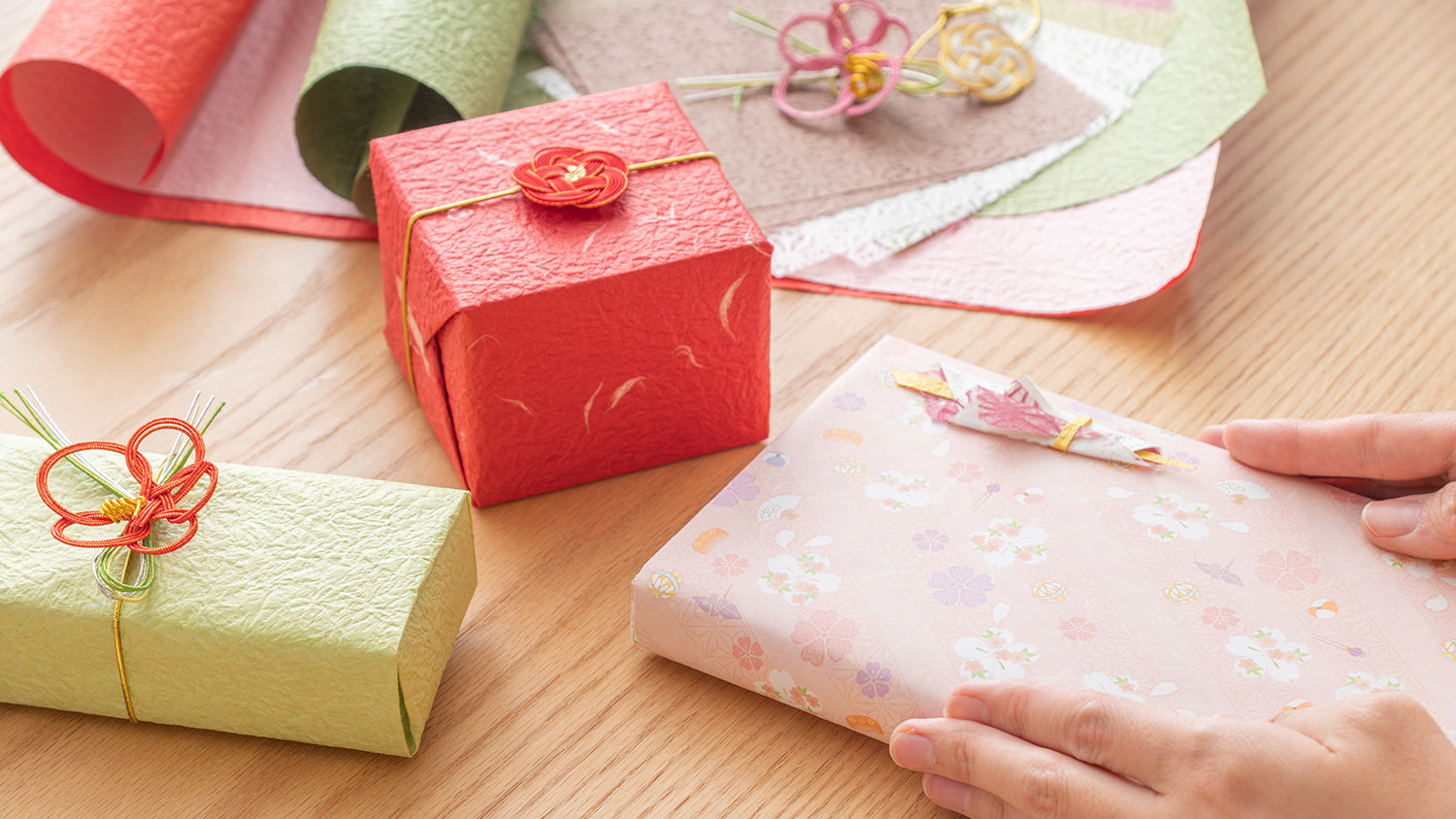

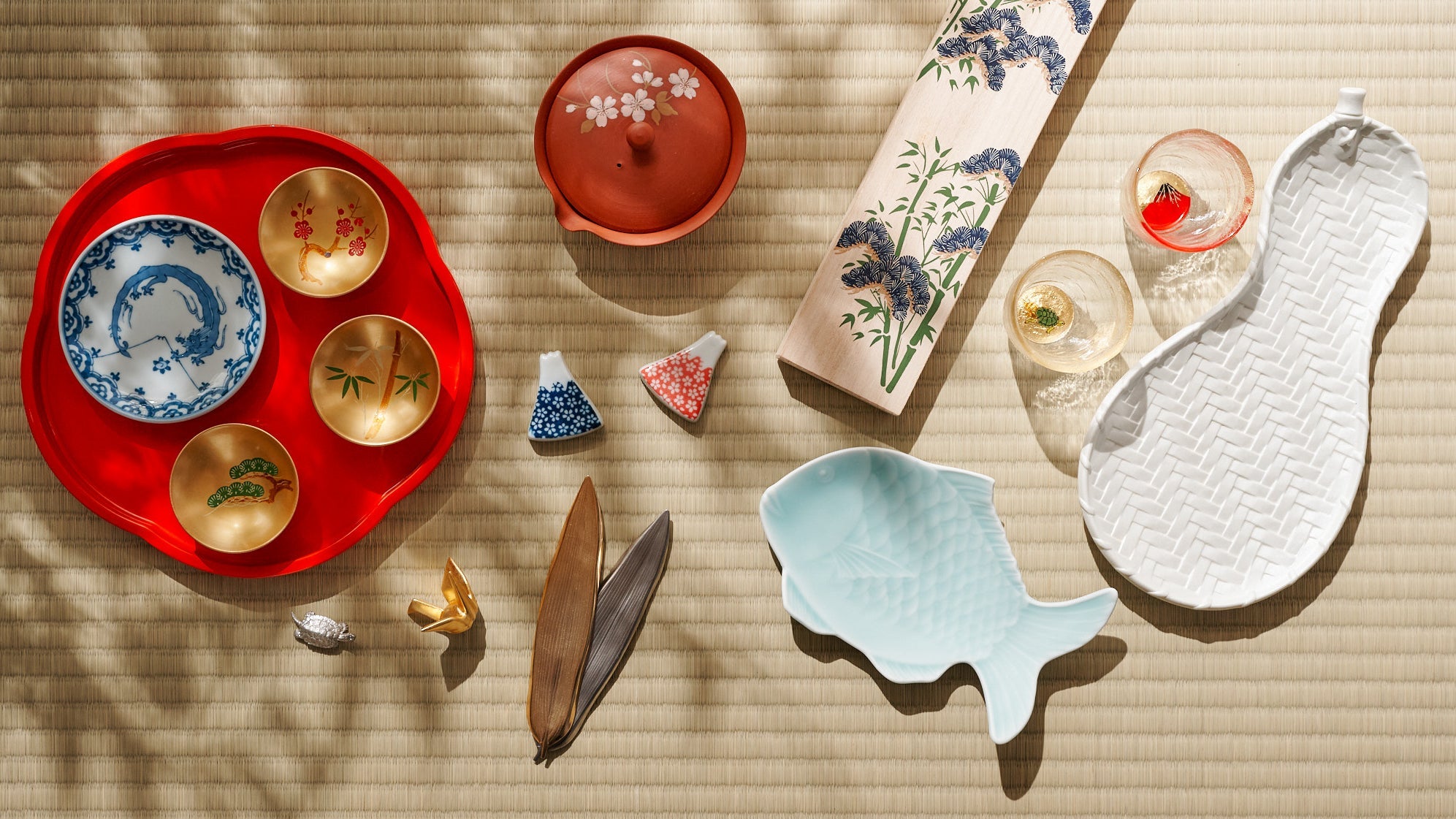
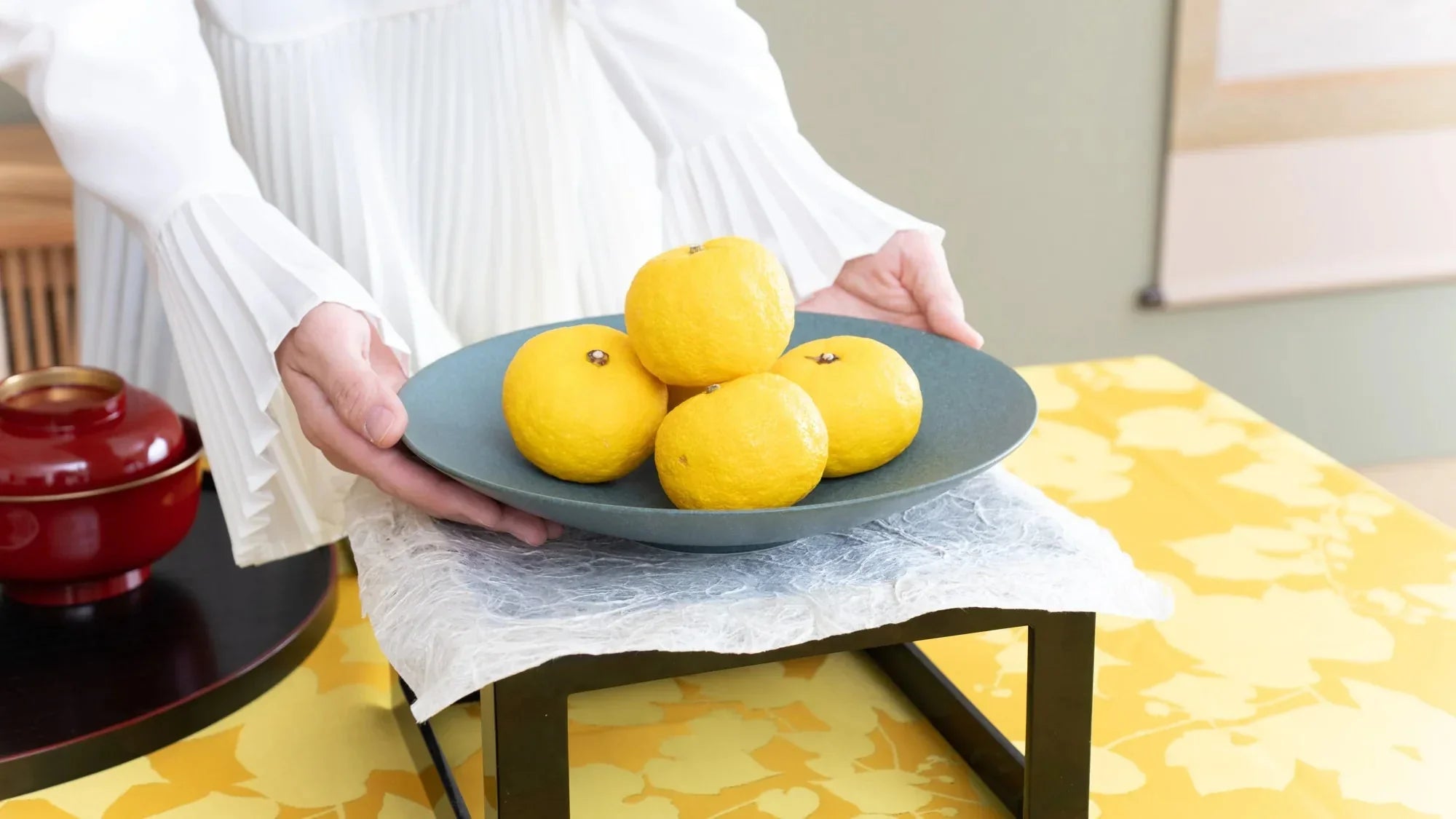
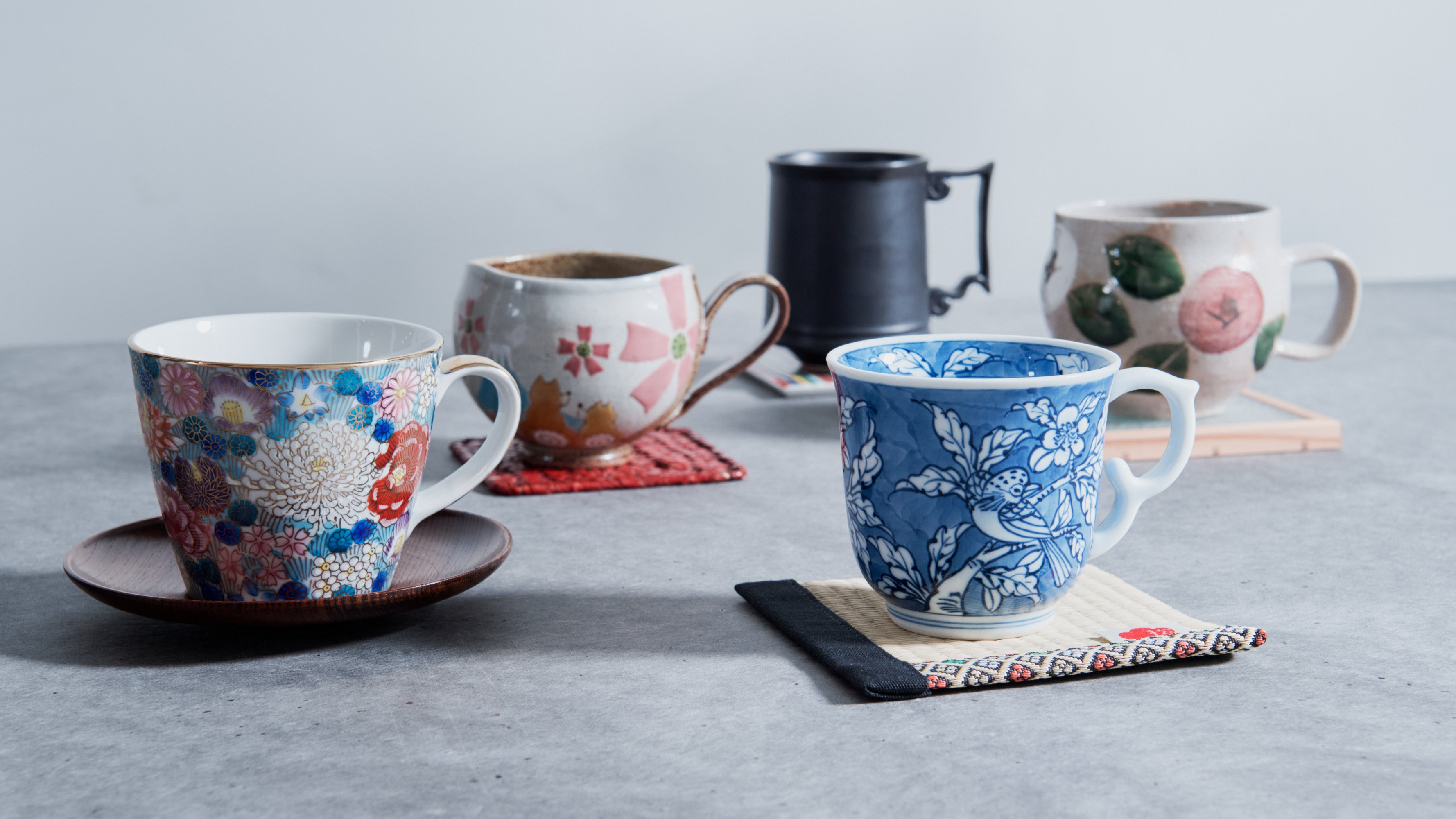
Leave a comment
This site is protected by hCaptcha and the hCaptcha Privacy Policy and Terms of Service apply.